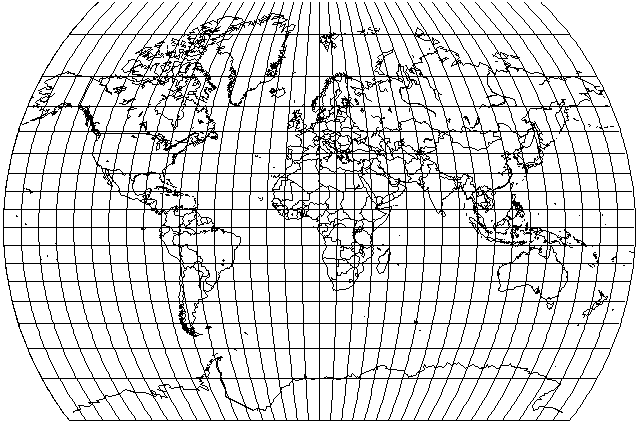My suggestion would be to attempt to do what was done to create the GS50 projection. Start from a conformal projection that is not interrupted in a way that conflicts with your map. So if you can find one meridian along which you are interrupting the map, you could use August's conformal. Of course, the Stereographic of the whole world is only interrupted at one point, but the large scale of such a map in some places could be a problem. Then have a computer find a complex polynomial that minimizes scale error everywhere, since any differentiable function is a conformal mapping. If Snyder had published his source code, this would be "easy".
Upon further thought, I remember that, to reduce distortion, I used a mapping of a Stereographic projection to another Stereographic projection on a different scale to produce this derived from August's conformal projection:

This reduced distortion by interrupting the map along 270 degrees of a meridian instead of 180 degrees. If you do the same in reverse, then you could fit the interruption into the Atlantic Ocean, and you would have a starting point for a projection very similar to your illustration to which to apply Snyder's technique.
It reminds me a little of an equal-area map I did,

but that map had severe distortion in parts of Africa and North America, unlike yours, which has very low distortion everywhere. Making odd-shaped equal-area maps in a patchwork fashion was easy enough for me, but for conformal maps, my mathematical expertise being limited, I could only try the most obvious options.
